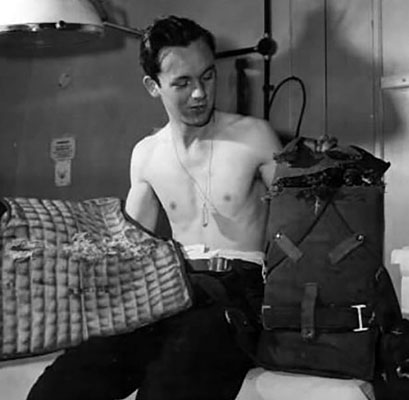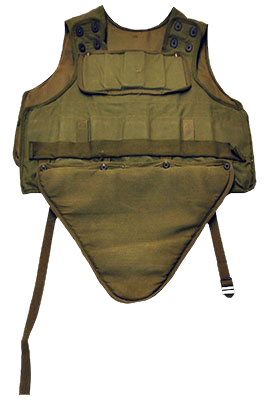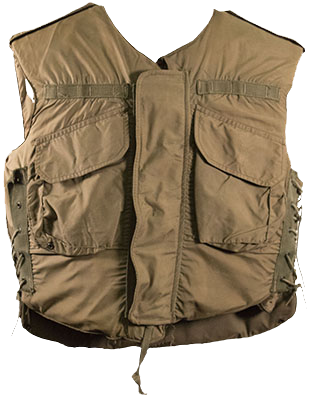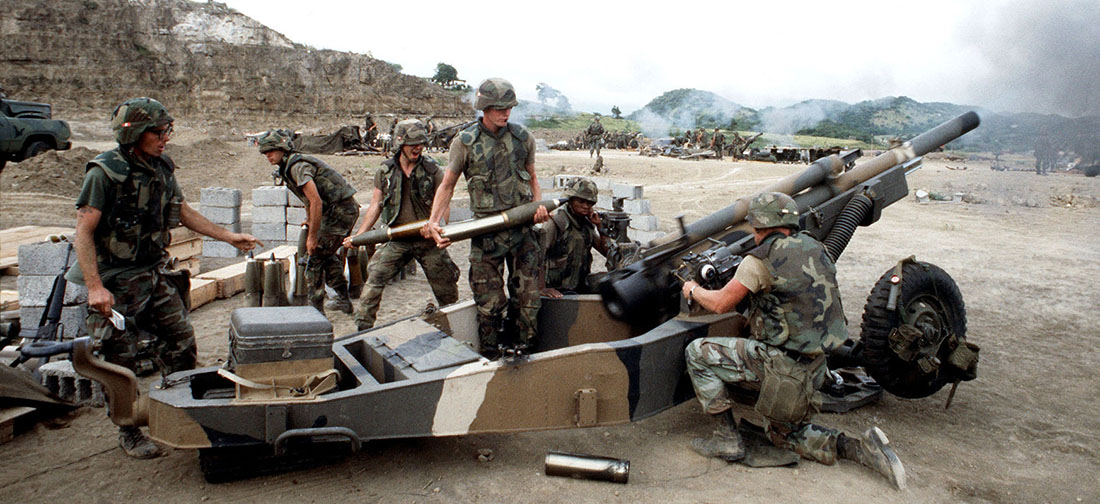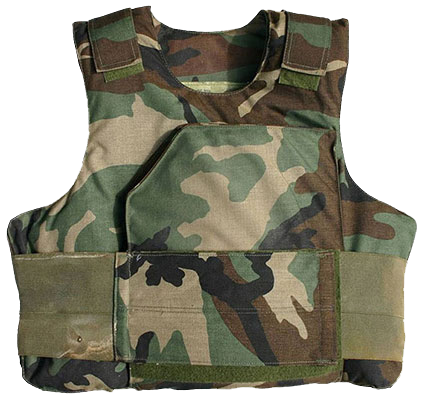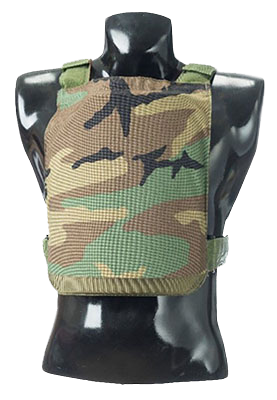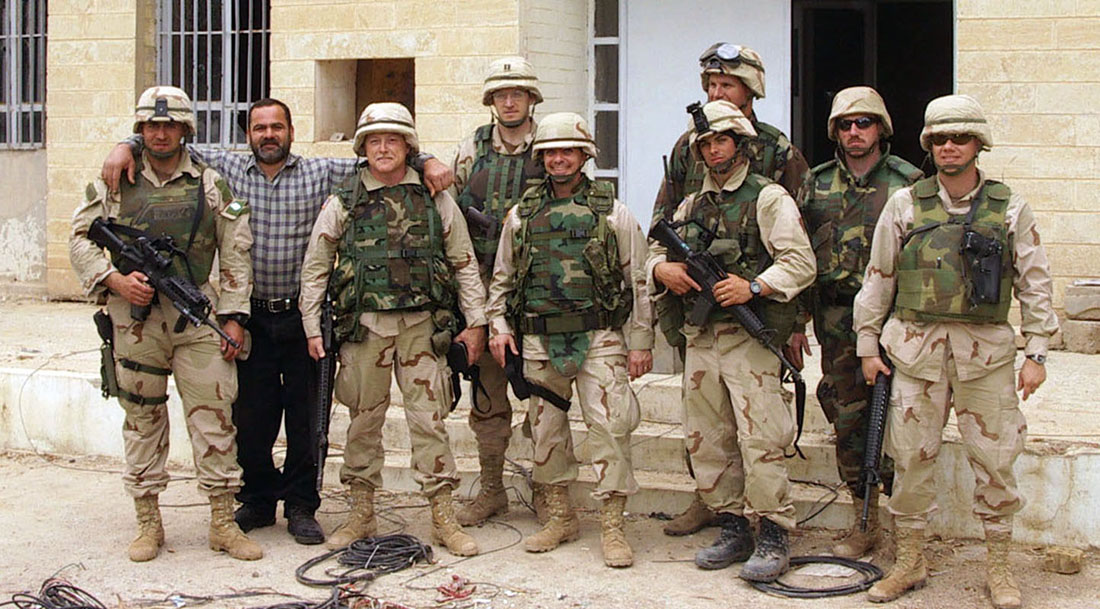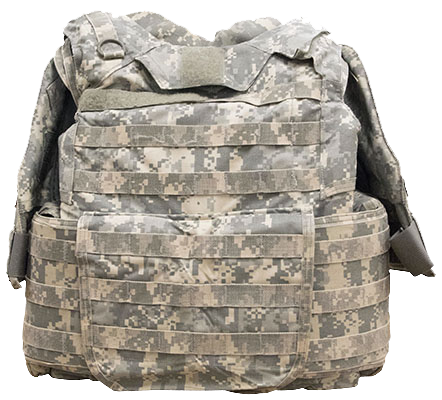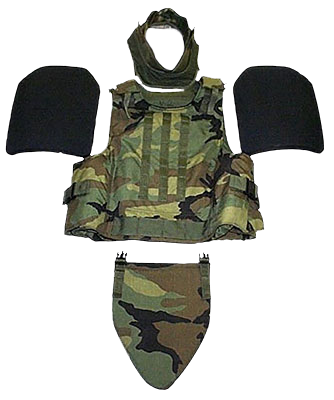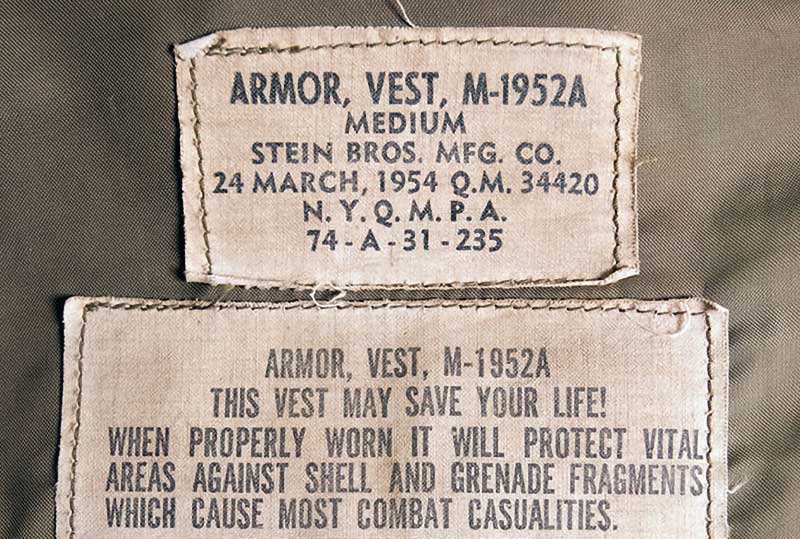“The use of body armor is motivated by one of the most powerful impulses in our psychological makeup, i.e., the desire to survive. In the heat of actual combat, soldiers have reported later, time and again, that they rarely notice the weight and bulkiness of the vests. In these tense periods it seems that the desire for protection outweighs the physiological deficit resulting from the added burden.”1
ABSTRACT
The adage ‘speed is security’ applies to vehicles, aircraft, or individual soldiers. But security, increased by armor, can reduce mobility. Since World War II, the U.S. Army has worked to develop body armor that acceptably balances these two competing factors.
TAKEAWAYS
- The escalating demand for better protection has created a paradox: lighter, more effective protective materials do not result in lighter body armor; some result in heavier armor, when other levels of protection are added.
- ‘Modularity’ and ‘scalability’ refer to soldiers’ ability to adjust protective gear to best accomplish the mission; the Army Modular Scalable Vest (MSV) and USSOCOM Adaptive Vest System (AVS) provide that capability.
- Reducing protection levels assumes risk; however, today’s ‘scaled-down’ armor still provides far better protection from small arms fire than early flak jackets.
DOWNLOAD
This observation was made in 1952 by the U.S. Army Body Armor Test Team, during the field test of the Army T-52-1 body armor vest with front-line troops in Korea. The team found that the new vest stopped 75.7 percent of all fragments, and 24.4 percent of small arms projectiles.2 This was remarkable progress, given the state of body armor development when the Korean War started in 1950.
Since then, the U.S. Army has continuously developed body armor to increase the survivability of soldiers. This article summarizes the advancements in U.S. Army body armor from World War II to the present. It also includes a brief description of U.S. Special Operations Command (USSOCOM) body armor initiatives, specifically through its Special Operations Forces (SOF) Personal Equipment Advanced Requirements (SPEAR) program.

